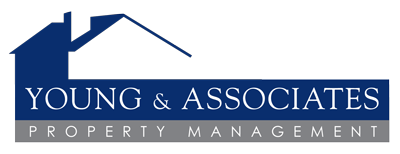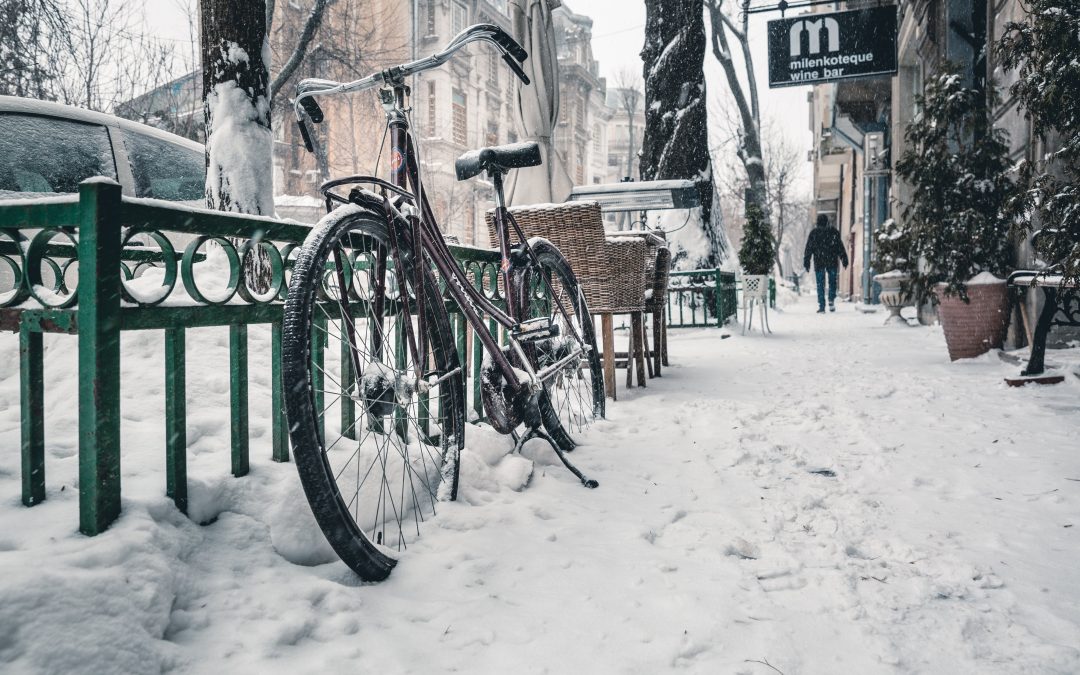It is now January, and the winter solstice is in full force. This means the snowy winter is near, and when it comes to snow, patience and cooperation are key. Depending on where you live, snow can come as early as November and stay until late May and can be quite dangerous.
Snow removal is a physically demanding activity that is performed in extreme weather annually, and it is very important to make sure you take the proper precautions. Residents, city crews, and landscapers need to all work together to plow the roads and get through the snowstorm together. Also, property managers need to be ahead of the game when it comes to snow removal, whether they decide to hire a snow removal service, invest in the equipment themselves, or put the tenants to work and require them to do the removal themselves!
Here are some of the best tips for residents and landscapers when it comes to gearing up for the winter snow!
-
- Make sure to observe all winter parking regulations for both parking lots and streets. Do not park your car on a street or in a lot that does not allow parking during a snowstorm. This helps to avoid your car being ticketed or towed to help clear the way for plowing crews to have a more effective plowing.
-
- Even if your property has hired a plowing company for your lot, as a resident, you are usually responsible to shovel out your own car. Depending on state laws, residents may also be responsible for their sidewalks, doors, and steps as well. Property managers will make sure to communicate these responsibilities to their tenants.
-
- Some state laws or municipal ordinances may have a time limit for snow removal so make sure you check that out for your location to avoid a fine.
-
- Residents may find it easier to wait until plowing is over to shovel their property near the street or their parking spot. Plows are designed to push the snow off the streets to the sides of the road and cannot skip driveway aprons or other certain areas.
-
- Any residents who experienced sod damage recently may want to mark their yard spots affected so that plow operators will try to avoid future damage to that spot.
-
- Be patient if the snowplows have not come to your property yet because they have many stops to make and need to make sure they get there safely and do a good job.
-
- Passenger vehicles and other vehicles should drive slowly and be alert when driving in the snow and passing snowplows. Make sure to turn your lights on, pass on the left, and keep your distance.
-
- Very Important! Any kids playing in the snow should stay a safe distance away from the street. It can be difficult for snow trucks to see or hear if there are kids in their path. Any snow forts or igloos should be created far away from the side of the road. Also, when sledding, make sure the bottom of the hill does not lead to a street.
-
- If you are doing your own snow removal, it’s best to start your snow removal early and more frequently. This way, you are moving the light snow each time instead of having to move more compacted snow all at once.
-
- Make sure you wear ear plugs while operating your snowblower, especially if you are using a gas-powered machine, which is where hearing damage can begin to occur.
-
- When transporting your plow between sites, make sure you angle and raise it correctly. This will help avoid snowbanks built up on the sides of the road. To ensure you do not accidentally operate your plow while transporting, turn off the controls in-between jobs.
-
- Before removing the snow, take a look at the area you are clearing. Are there any obstacles in the way or hidden? Are there any people nearby? What kind of surface is it? Some objects to watch out for include curbs, water drains, fences, or water hydrants.. It is also important to never rely on your mirrors, turn and look around the area, as well as raising or lowering the plow to avoid damage to the ground.
-
- Lastly, create a snowplow maintenance schedule and carefully inspect your snowplow at the beginning, middle, and end of the season. This can include:
- Changing the oil
- Looking for signs of rust
- Inspect the electrical system
- Ensure proper lubrication
- Fill up your hydraulic fluid
- Tighten springs and inspect bolts
- Lastly, create a snowplow maintenance schedule and carefully inspect your snowplow at the beginning, middle, and end of the season. This can include:
—-
SINCE 1980 YOUNG & ASSOCIATES, WOOD-RIDGE, NJ HAS BEEN THE TOP PROPERTY MANAGEMENT & REAL ESTATE COMPANY FOR RESIDENTIAL AND COMMERCIAL PROPERTIES THROUGHOUT THE NORTHERN AND CENTRAL NEW JERSEY AREA.

Located in Wood-Ridge, Bergen County, NJ, Young and Associates has over 30 years’ experience successfully managing residential and commercial properties in Northern and Central New Jersey.
Maintaining the highest standards of reliability and accountability, Young and Associates gives property owners peace of mind that comes from knowing their property is in trusting hands. Servicing properties primarily in Bergen, Passaic and Essex Counties, Young and Associates manages residential HOA communities, condos, co-ops and apartment complexes, golf courses and commercial properties.
Young and Associates now offers realty services through Young Realtors. Our licensed real estate brokers and associates can help you buy or sell your home. For more information about our services at Young & Associates, click here.
Young & Associates can be reached at (201) 939-8200.






